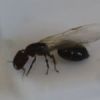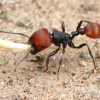- Formiculture.com
- Forums
- Gallery
- Members
- Member Map
- Chat

Dead Queen Curse!
Started By
brianhershey
, Jul 3 2018 8:28 PM
9 replies to this topic
#1
 Offline
-
Posted July 3 2018 - 8:28 PM
Offline
-
Posted July 3 2018 - 8:28 PM
My Camp. pennsylvanicus colony in Kansas, PA, second year, 1q18w with 1 major, checked on the nest today and queen is DEAD.
A couple months ago my 2nd year Tetramorium sp. 1q700w queen DEAD. This one I know what happened, I fed them a bug-sprayed wild spider. Learned that lesson and no more wild food.
But my Camp colony OMG, does this happen to anyone else? Do I have any options to introduce a new queen?
Discouraged, and wanting to ONLY keep poly colonies from now on. sighhhhhhhhhh
Brian
A couple months ago my 2nd year Tetramorium sp. 1q700w queen DEAD. This one I know what happened, I fed them a bug-sprayed wild spider. Learned that lesson and no more wild food.
But my Camp colony OMG, does this happen to anyone else? Do I have any options to introduce a new queen?
Discouraged, and wanting to ONLY keep poly colonies from now on. sighhhhhhhhhh
Brian
#2
 Offline
-
Posted September 18 2018 - 12:43 AM
Offline
-
Posted September 18 2018 - 12:43 AM
The queen of my Camponotus barbaricus died as well, orphaning her 50ish workers... ![]()
I am also thinking of introducing a new queen..
I read somewhere that if you keep the colony and the queen separate in the fridge for a day, and then keep them together in the fridge for a day more, they may accept each other. I'll link the post here if I find it.
Let me know if you attempted something like that, and how it went.
EDIT:
Can't find the exact post I was referring to, but these should help in equal amount:
http://www.formicult...idge#entry60697
http://www.formicult...ntroduce +queen
I guess, I would approach it in the following steps:
1 - remove the dead queen from the colony
2 - let them live without a queen for a week
3 - chill them separately in the fridge for a few hours
4 - put them together and observe them in the fridge every minute or so
5 - if things go well, keep them in for a few hours before taking them out
6 - if things are not going well, quick freeze them with an ice pack, then allow them to come back to their senses.
7 - rinse, repeat
Edited by skocko76, September 18 2018 - 1:22 AM.
#3
 Offline
-
Posted September 18 2018 - 1:40 AM
Offline
-
Posted September 18 2018 - 1:40 AM
2 - let them live without a queen for a week
Make that a month, better 2-3 months, then it might work. Adoption is a regular founding strategy for Camponotus ants as new studies indicate, but they need time for the old queen's scent to completely dissipate.
Camponotus workers usually live for several years, there's no need to hurry and risk loosing the new queen as well.
We should respect all forms of consciousness. The body is just a vessel, a mere hull.
Welcome to Lazy Tube - My Camponotus Journal
#4
 Offline
-
Posted September 18 2018 - 3:51 AM
Offline
-
Posted September 18 2018 - 3:51 AM
2 - let them live without a queen for a week
Make that a month, better 2-3 months, then it might work. Adoption is a regular founding strategy for Camponotus ants as new studies indicate, but they need time for the old queen's scent to completely dissipate.
Camponotus workers usually live for several years, there's no need to hurry and risk loosing the new queen as well.
What about the workers the new queen might have? Introduce them as well, or ditch them?
#5
 Offline
-
Posted September 27 2018 - 12:09 PM
Offline
-
Posted September 27 2018 - 12:09 PM
Got a new queen!
But, how do I introduce a queen with nanitics in a test-tube to a 70-some workers in a formicarium?
Just put the test-tube in the outworld? I guess that's how the adoption would happen in the nature.
I'll post here how it went in a month's time or so.
Advice is welcome!!!
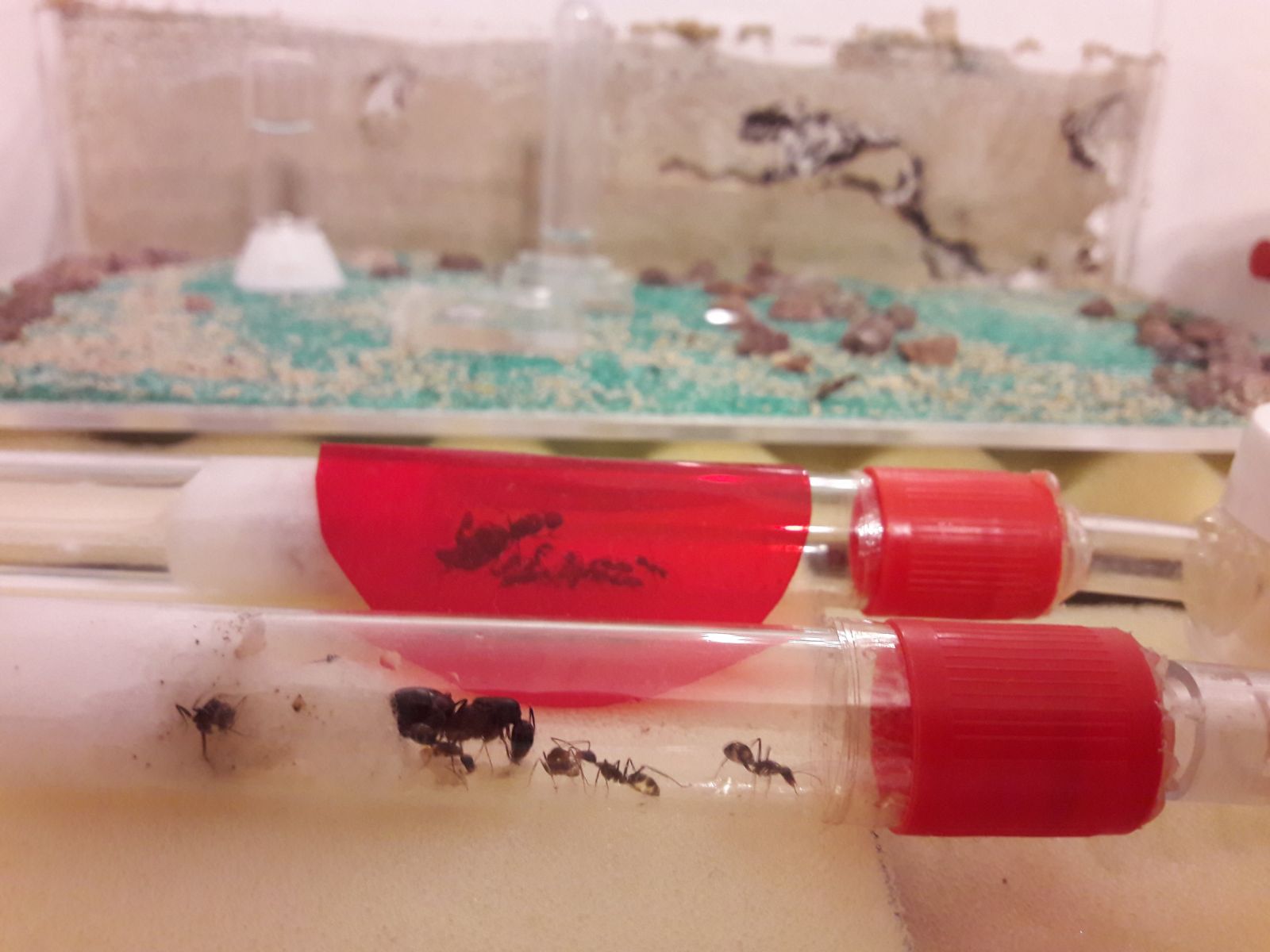
#6
 Offline
-
Posted September 27 2018 - 1:20 PM
Offline
-
Posted September 27 2018 - 1:20 PM
Many Camponotus colonies of mine have lost their queen. I just wait 2 or so weeks, and introduce the new queen. I have gotten a Camponotus colony that lost their queen, to merge with a colony with a queen and twenty-ish workers successfully.
- skocko76 likes this
My Main Journal | My Neivamyrmex Journal | My Ant Adoption | My YouTube
Join the TennesseeAnts Discord Server! https://discord.gg/JbKwPgs
#7
 Offline
-
Posted September 27 2018 - 9:17 PM
Offline
-
Posted September 27 2018 - 9:17 PM
Many Camponotus colonies of mine have lost their queen. I just wait 2 or so weeks, and introduce the new queen. I have gotten a Camponotus colony that lost their queen, to merge with a colony with a queen and twenty-ish workers successfully.
Care to describe the process? Tnx
#8
 Offline
-
Posted January 3 2019 - 12:35 PM
Offline
-
Posted January 3 2019 - 12:35 PM
Success!
I made a queen-less colony of 50 merge with a young colony of 12 (C. barbaricus)
It took two attempts. The attempt a month or two earlier failed - the queen-less colony accepted the queen, but the queen would not accept them. She kept killing the placid workers who would enter her tube and silently suffer bad treatment.
I decided to introduce them during hibernation, when they're the least aggressive/mobile. First, I fed the large colony with sugar water. Then I introduced the queen with her workers. This was a tactic on my side to make the large colony "bribe" the queen with sweets.
Even though the large colony had low interest in sugar water, they did regurgitate gifts to the queen. There was no apparent aggression, other than an elevated sense of vigilance.
In the morning it looked like they were mostly ignoring each other. Two days after, the queen had moved to the habitat of the larger colony.
So far so good! ![]()
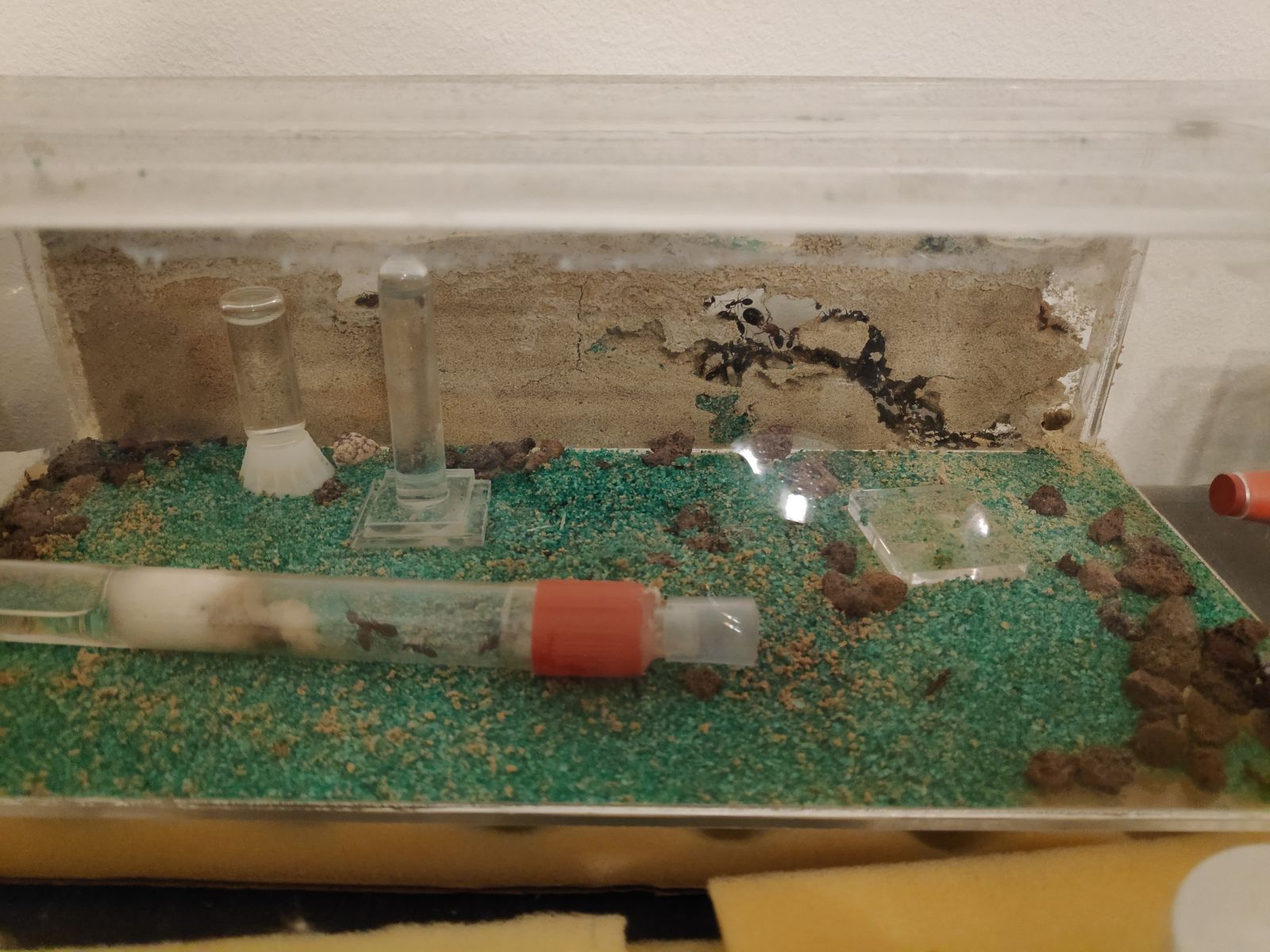
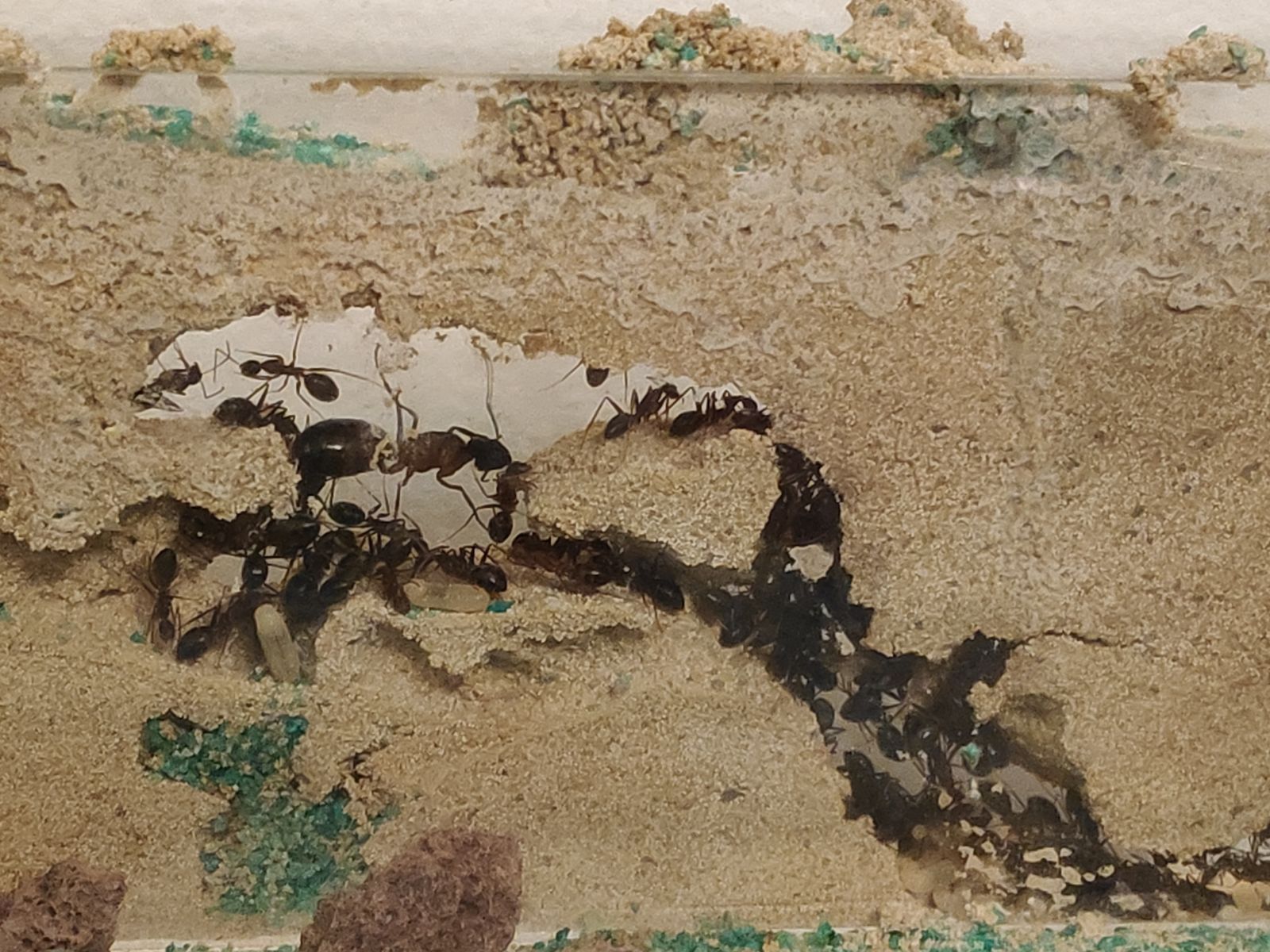
- ANTdrew likes this
#9
 Offline
-
Posted January 3 2019 - 1:55 PM
Offline
-
Posted January 3 2019 - 1:55 PM
Nice job. Glad that it worked out. Do you know if this would work for other species and not just Camponotus?
-1x Parasitic Formica Sp. Colony
-1x Pogonomymrex Californicus Colony
-1x Camponotus Hyatti Colony
#10
 Offline
-
Posted January 3 2019 - 2:07 PM
Offline
-
Posted January 3 2019 - 2:07 PM
Nice job. Glad that it worked out. Do you know if this would work for other species and not just Camponotus?
I don't know... It was written on this forum that there is a new research about Camponotus' tendency to adopt. So it's possible it's the easiest to succeed with Camponotus. I'd say, keep the colony queen-less for a couple months at least, bring the temperature down (hibernation period seems to work), prepare gifts for the queen
1 user(s) are reading this topic
0 members, 1 guests, 0 anonymous users





